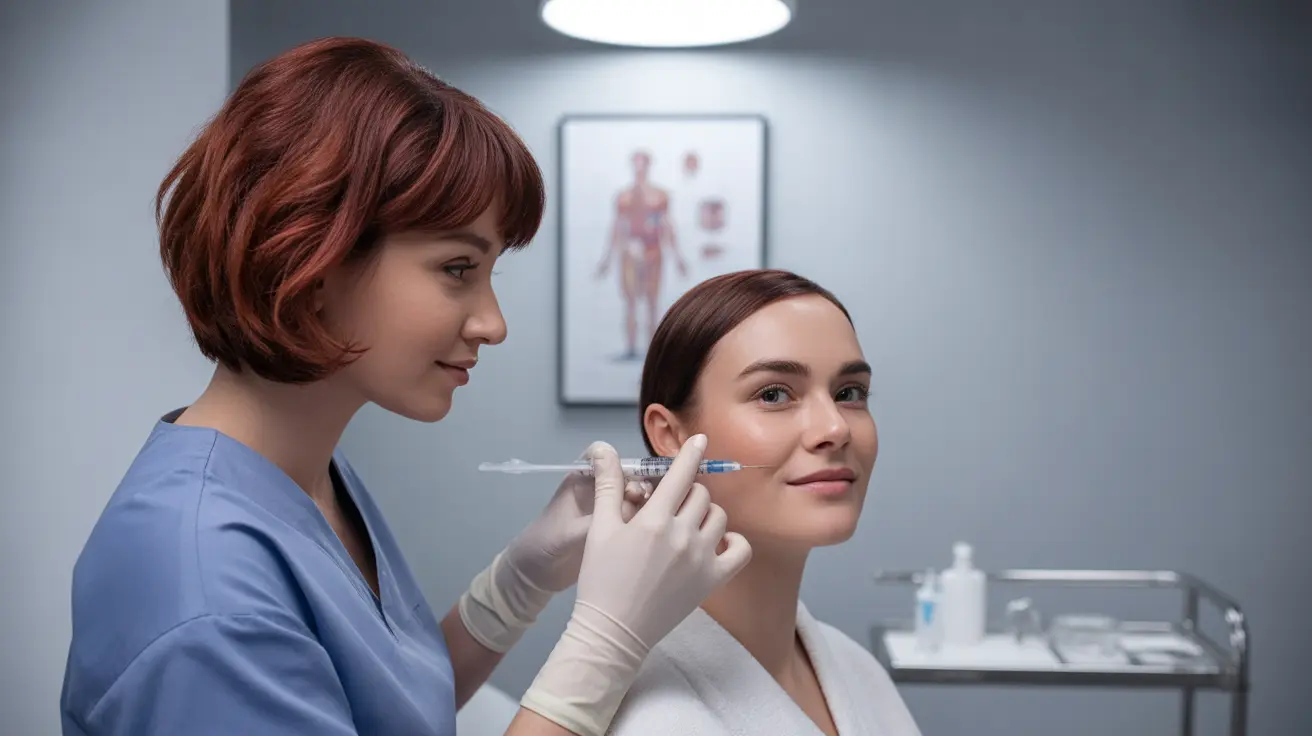Jaw fillers have emerged as a popular non-surgical cosmetic treatment for enhancing facial contours and achieving a more defined jawline. This innovative procedure uses injectable dermal fillers to add volume, improve symmetry, and create a more sculpted appearance without the need for invasive surgery. Understanding what jaw fillers entail, their benefits, and potential considerations is crucial for anyone considering this aesthetic enhancement.
In this comprehensive guide, we'll explore everything you need to know about jaw fillers, from the procedure itself to recovery time, safety considerations, and expected results. Whether you're looking to strengthen your jaw definition or address asymmetry, this information will help you make an informed decision about the treatment.
Understanding Jaw Fillers and Their Benefits
Jaw fillers are injectable dermal fillers, typically made from hyaluronic acid or similar FDA-approved substances, that are strategically placed along the jawline to enhance its definition and structure. These fillers can address various concerns, including:
- Weak or undefined jawline
- Facial asymmetry
- Age-related volume loss
- Poorly defined chin-to-jaw transition
- Desire for a more contoured facial profile
The treatment can create a more balanced facial appearance while maintaining natural-looking results. Unlike surgical alternatives, jaw fillers offer a temporary solution with minimal downtime and adjustable results.
The Jaw Filler Procedure Process
The jaw filler procedure is typically performed in a medical office or aesthetic clinic by a qualified healthcare provider. Here's what to expect during the treatment:
Pre-Treatment Consultation
Before the procedure, you'll have a thorough consultation to discuss your goals, medical history, and determine if you're a suitable candidate for jaw fillers. Your provider will create a customized treatment plan based on your facial structure and desired outcome.
During Treatment
The actual procedure involves several steps:
- Cleansing and marking the treatment areas
- Applying topical numbing cream if needed
- Strategic injection of fillers along the jawline
- Gentle massage to ensure proper filler distribution
- Final assessment and adjustments
The entire process typically takes 30-60 minutes, depending on the extent of treatment needed.
Recovery and Aftercare
Recovery from jaw filler treatment is generally straightforward, with most patients able to resume normal activities immediately. However, following proper aftercare instructions is essential for optimal results:
- Avoid touching or massaging the treated area for 24-48 hours
- Stay upright for several hours after treatment
- Apply ice packs to reduce swelling
- Avoid strenuous exercise for 24-48 hours
- Skip makeup application on the day of treatment
Potential Risks and Side Effects
While jaw fillers are generally safe, it's important to be aware of potential side effects and complications:
Common Side Effects
- Temporary swelling and bruising
- Mild tenderness at injection sites
- Minor redness
- Slight asymmetry during initial settling
Rare Complications
- Infection
- Vascular occlusion
- Allergic reactions
- Filler migration
Frequently Asked Questions
What are jaw fillers and how do they improve the appearance of the jawline and chin? Jaw fillers are injectable dermal fillers that enhance jawline definition by adding volume and structure to the area. They can improve facial symmetry, create a more defined jaw angle, and strengthen the overall appearance of the lower face through strategic placement of FDA-approved filler materials.
How long does a jaw filler procedure take and what is the recovery time? The procedure typically takes 30-60 minutes to complete. Recovery time is minimal, with most patients returning to normal activities immediately. Minor swelling and bruising may last 3-7 days.
What are the potential risks and side effects associated with jaw filler injections? Common side effects include temporary swelling, bruising, and tenderness. More serious but rare complications can include infection, vascular occlusion, allergic reactions, and filler migration. Working with a qualified provider significantly reduces these risks.
How can I ensure jaw filler treatments are safe and minimize complications? Choose a board-certified provider with extensive experience in facial aesthetics, disclose your complete medical history, follow all pre and post-treatment instructions, and attend all recommended follow-up appointments. Only receive treatments in a medical setting using FDA-approved products.
How long do the results of jaw fillers last and when will I need a follow-up treatment? Results typically last 12-18 months, depending on the type of filler used and individual factors like metabolism and lifestyle. Follow-up treatments are recommended when you notice the effects beginning to fade, usually after about a year.




